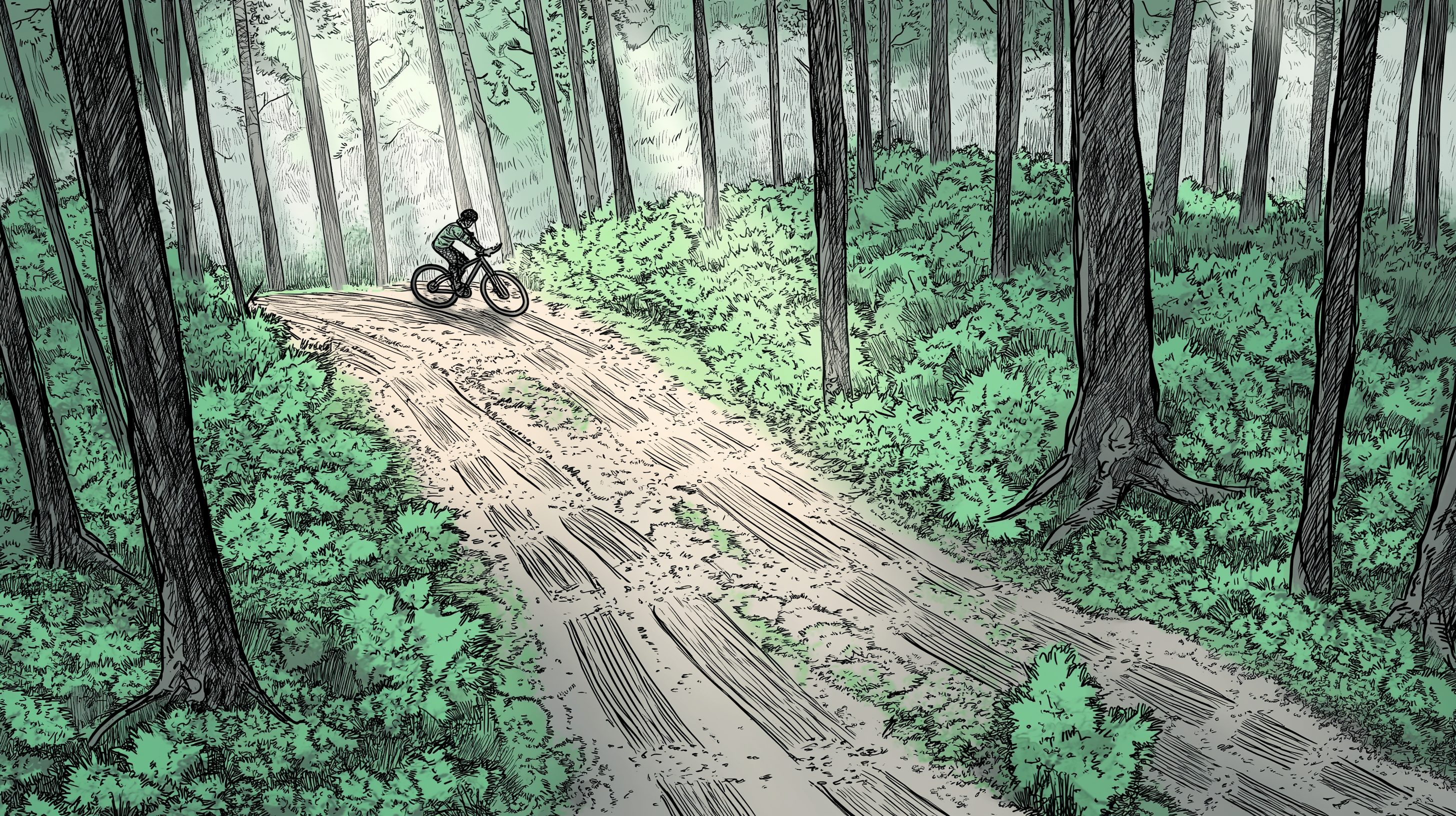Note: This post is adapted from the original article published on March 23, 2021, by Fitch Proctor on the Blackstone Valley NEMBA blog.

Welcome to Mud Season
“Never follow a guy called ‘Splat’ through a puddle.” – Eammon Carleton
As spring approaches with blue skies and warmer temperatures, many riders are eager to hit the trails. However, this transitional period, known as mud season, requires special attention to trail conditions.
Understanding Mud Season
Mud season typically occurs between March and May, when melting snow and increased rainfall leave trails wet and fragile. Riding on these soft trails can cause significant damage, leading to ruts and erosion that persist into the prime riding season.
Why Avoid Riding on Muddy Trails?
When trails are saturated, riding can create deep ruts. These ruts channel water during subsequent rains, exacerbating erosion and degrading the trail surface. This not only affects your ride but also impacts fellow cyclists and the broader trail community.
Community Perception and Responsibility
In today’s interconnected world, our actions on the trails are more visible than ever. Sharing images or stories of riding on muddy trails can set a precedent that such behavior is acceptable, potentially leading to widespread trail damage. It’s essential to set a positive example and promote responsible riding practices.
Riding Smart During Mud Season
- Assess Trail Conditions: Before heading out, check local reports or social media updates about trail statuses. Some trails, like Goat Hill and Massasoit, dry faster, while others, such as Hodges Village and West Hill Dam, may remain wet longer due to their terrain.
- Use Common Sense: If walking on your lawn produces a squishing sound, it’s a good indicator that trails will be similarly wet. In such cases, consider alternative activities like using a stationary bike.
- Choose Appropriate Trails: Opt for trails known to handle moisture better or those that dry quickly. Avoid areas that are prone to prolonged wet conditions.
Alternative Activities
If trail conditions aren’t suitable for riding, consider other forms of exercise to maintain fitness and readiness for the upcoming season. This approach helps preserve trail integrity and ensures a better experience for all when conditions improve.
By riding responsibly during mud season, we contribute to the longevity and quality of our trail systems, ensuring enjoyable rides for everyone throughout the year.
